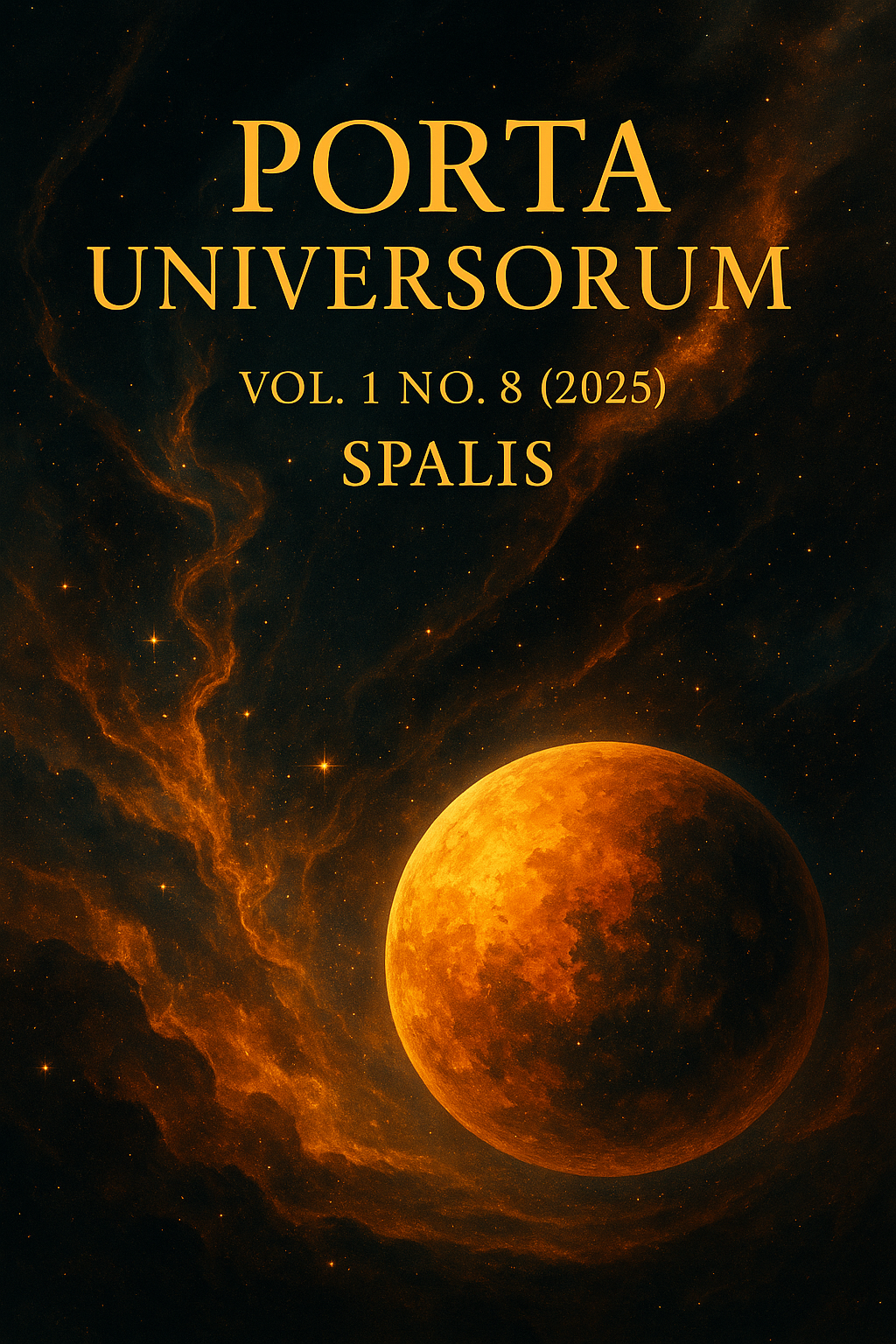Combating Cybercrime: Legal Aspects, Practical Challenges, and Solutions
##semicolon##
https://doi.org/10.69760/portuni.0108007##semicolon##
Cybercrime##common.commaListSeparator## Digital Threats##common.commaListSeparator## Transnational Crimes##common.commaListSeparator## Cyberbullying##common.commaListSeparator## Legal Regulation##common.commaListSeparator## Budapest ConventionSantrauka
The rapid development of digital technologies has not only transformed many aspects of society positively but has also generated new and complex legal challenges. Among the most serious of these is the expansion and globalization of cybercrime. As a phenomenon that transcends borders and falls outside the scope of traditional legal frameworks, cybercrime poses significant challenges to modern legal systems. This article examines the international nature of cybercrime, existing legal regulations in this field, opportunities for international cooperation, as well as the growing dynamics of cybercrime and cybersecurity issues in the era of artificial intelligence. Furthermore, it assesses the effectiveness of current normative frameworks and proposes recommendations for improving legal regulations in the future. It highlights the transnational nature of cybercrime and the need for coordinated international legal frameworks, such as the Budapest Convention. The article also discusses practical challenges in combating cybercrime (e.g., evidence collection and jurisdictional issues), reviews notable incidents (like the WannaCry and NotPetya attacks and the Cambridge Analytica scandal), and explores emerging threats including AI-enabled cyberattacks and cyberbullying. Finally, the effectiveness of existing laws and recent developments – from human rights court precedents to national strategies – are evaluated to recommend future-focused legal and policy solutions.
##submission.citations##
CERT-IST. (2010, September 8). Stuxnet: A worm which targets SCADA systems. Retrieved from https://www.cert-ist.com/public/en/SO_detail?code=stuxnet
Code of Administrative Offenses of the Republic of Azerbaijan. (2015, December 29). Law No. 96-VQ.
Constitution of the Republic of Azerbaijan. (1995, November 12).
Council of Europe. (2001a). Convention on Cybercrime (Budapest Convention). European Treaty Series No. 185.
Council of Europe. (2001b). Explanatory Report to the Convention on Cybercrime (Budapest Convention).
Council of Europe. (n.d.). HELP online course on “Cybercrime and Electronic Evidence”. Retrieved from https://help.elearning.ext.coe.int/
Criminal Code of the Republic of Azerbaijan. (1999, December 30). Law No. 787-IQ.
European Court of Human Rights. (2008). K.U. v. Finland (Application No. 2872/02, Judgment of 2 December 2008).
European Court of Human Rights. (2015). Delfi AS v. Estonia (Application No. 64569/09, Judgment of 16 June 2015).
European Court of Human Rights. (2018). Benedik v. Slovenia (Application No. 62357/14, Judgment of 24 April 2018).
Greenberg, A. (2018, August 22). The untold story of NotPetya, the most devastating cyberattack in history. Wired. Retrieved from https://www.wired.com/story/notpetya-cyberattack-ukraine-russia-code-crashed-the-world/
Huseynov, T., Khalilov, Y., Ismayilov, N., & Aliyev, E. (2025). Classification and types of documents in the process of management activities. Acta Globalis Humanitatis et Linguarum, 2(3), 108–112. https://doi.org/10.69760/aghel.0250020015
Khalilov, Y. F., & Mirzazade, Y. E. (2024). The impact of detention and arrest on the presumption of innocence in the context of European Court judgments. In Proceedings of the 8th International Scientific Conference “World Scientific Reports” (pp. 609). Paris, France: Jean Monnet University.
Khalilov, Y. F., & Mirzazade, Y. E. (2025). Abortion: In the context of the legislation of foreign countries and the Republic of Azerbaijan. Acta Globalis Humanitatis et Linguarum, 2(1), 4–9.
Meredith, S. (2018, April 10). Facebook–Cambridge Analytica: A timeline of the data hijacking scandal. CNBC. Retrieved from https://www.cnbc.com/2018/04/10/facebook-cambridge-analytica-a-timeline-of-the-data-hijacking-scandal.html
Ministry of Law Singapore. (2014). Protection from Harassment Act 2014 (POHA).
New Zealand Legislation. (2015). Harmful Digital Communications Act 2015.
Öztürk, A., & Garibli, I. (2025). The characteristics of monarchy as a form of government. Acta Globalis Humanitatis et Linguarum, 2(2), 117–125.
Strategy of the Republic of Azerbaijan on Information Security and Cybersecurity for 2023–2027 (Decree No. 4060). (2023, August 28).
UNICEF. (2020). Cyberbullying: What is it and how to stop it. Retrieved from https://www.unicef.org/end-violence/how-to-stop-cyberbullying
Whittaker, Z. (2019, May 12). Two years after WannaCry, a million computers remain at risk. TechCrunch. Retrieved from https://techcrunch.com/2019/05/12/wannacry-two-years-on/
##submission.downloads##
Publikuota
Numeris
Skyrius
##submission.license##
##submission.copyrightStatement##
##submission.license.cc.by-nc4.footer##License Terms
All articles published in Porta Universorum are licensed under the Creative Commons Attribution–NonCommercial 4.0 International License (CC BY-NC 4.0). This license permits:
-
Sharing (copying and redistributing the material in any medium or format),
-
Adapting (remixing, transforming, and building upon the material),
-
for non-commercial purposes only,
-
with proper attribution to the original author(s) and source.
Commercial use of the material is not permitted without prior written permission from the publisher.




